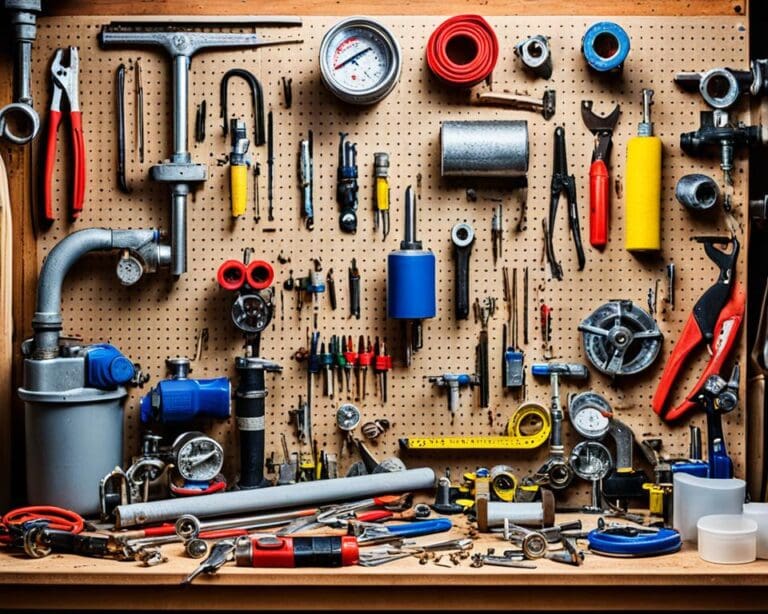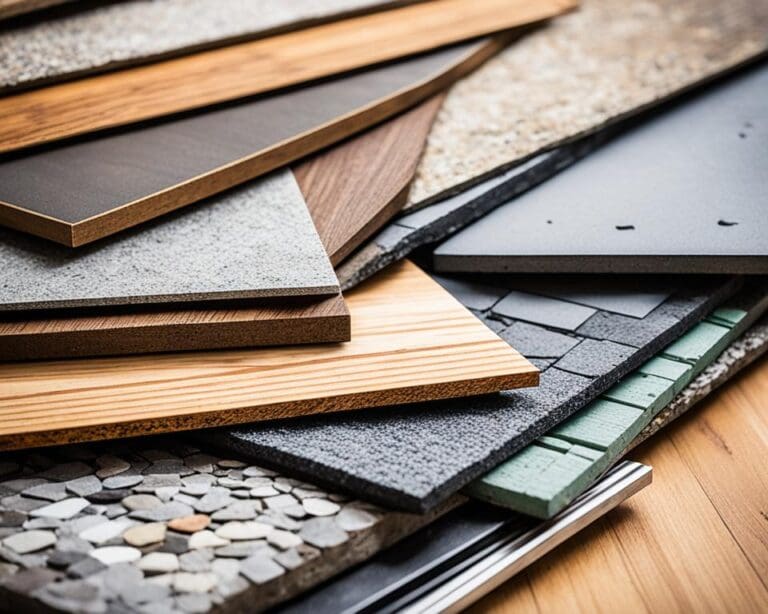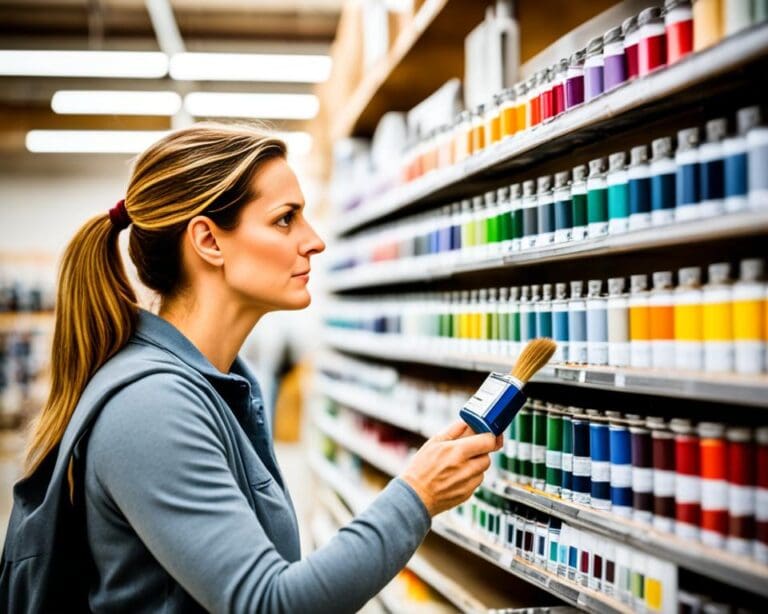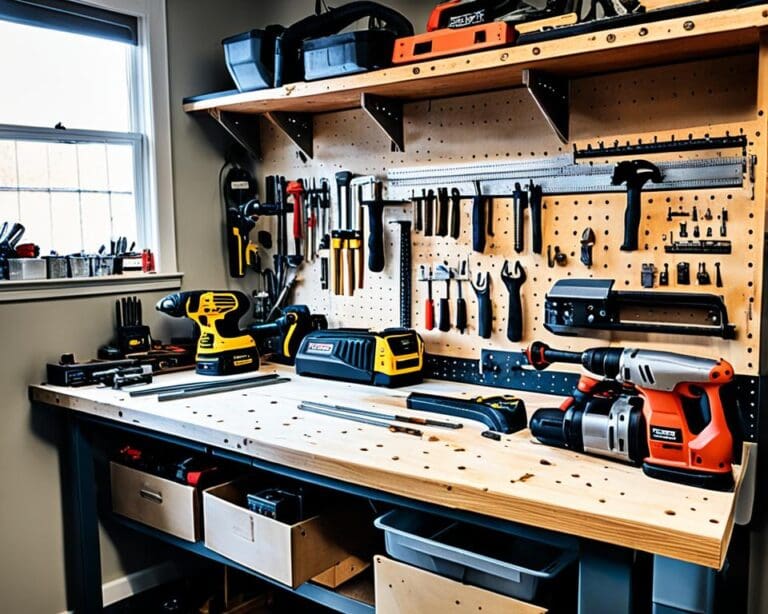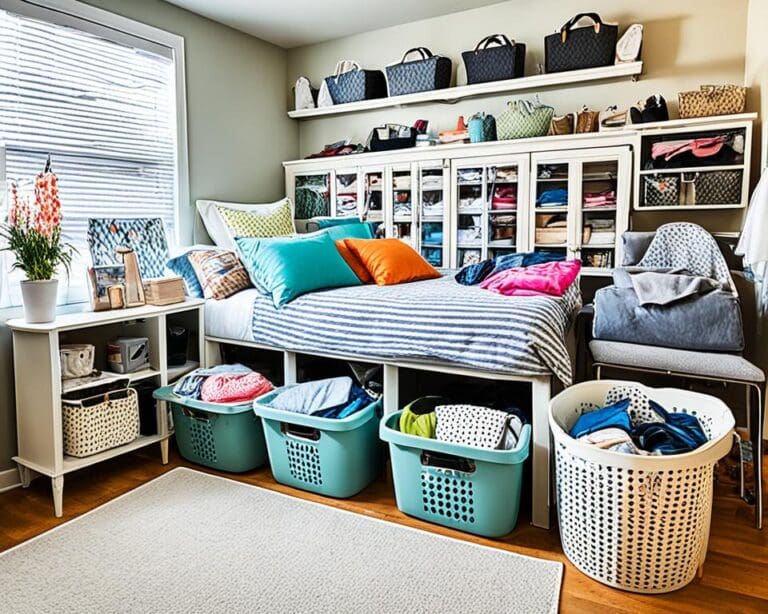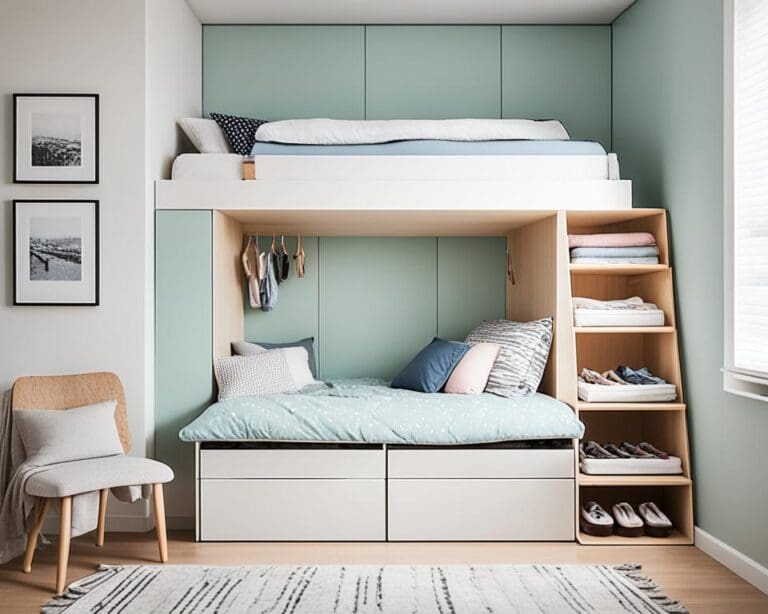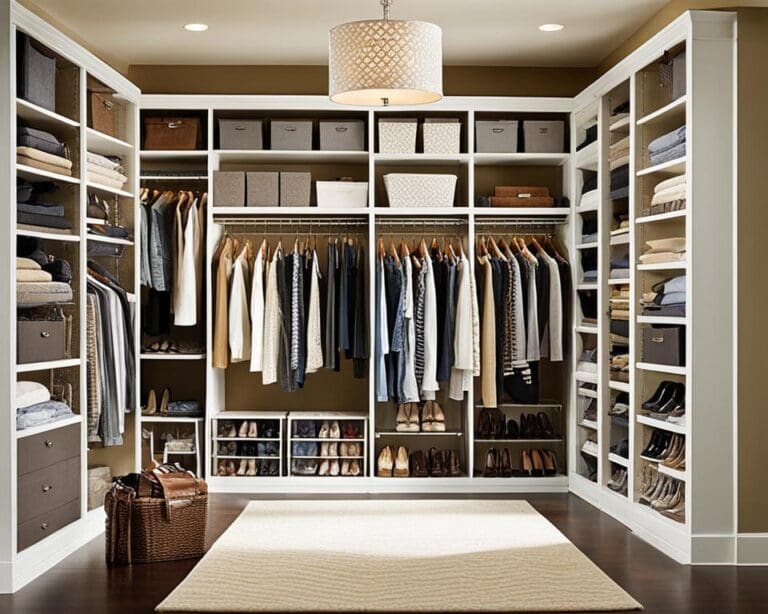Modern interior decoration is well-loved for mixing timeless beauty with new trends. It started in the late 19th century and peaked in the 1930s. This style is all about simplicity and function, moving away from old-school realism. It lives by the rule “form follows function,” promoting clean lines and open areas.
Mid-century design features, like the famous Barcelona chair by Mies van der Rohe, add cool urban vibes. Neutral colors, bold highlights, and materials like concrete and glass are key. Using these modern decor ideas makes a home look better and feel both calm and lively.
Understanding Modern vs. Contemporary Design
Discovering the differences between modern and contemporary design can improve your decoration style. These terms are not the same and stand for unique design movements. Knowing what sets them apart can make your home look and feel better.
Distinguishing the Concepts
Modern design started in the early to mid-1900s. It was inspired by big movements like Bauhaus and Art Deco. This style focuses on being simple, useful, and warm. It fits those who love designs from 1900 to 1950. Modern decor highlights include:
- Muted and earthy color palettes
- Strong lines and geometric shapes
- Focus on natural materials and neutral tones
Contemporary design, however, got popular in the 1970s. It changes over time, reflecting new trends. This style mixes elements from modernism and other movements like postmodernism and futurism. Its decor is more decorative, featuring:
- Curvy and sculptural forms
- Bold color accents against neutral backgrounds
- Sleek lines with glossy finishes
Modern vs. contemporary design shows a shift from simplicity to variety and decoration. The modern approach prefers function, while contemporary allows more artistic freedom. Knowing these differences helps you choose decor ideas that match your style.

Interior Decoration Tips for a Modern Look
Transforming your home into a modern masterpiece means keeping it simple. Aim for a look that has fewer items but is full of meaning. This approach makes homes more peaceful, focusing on what’s important.
A clutter-free home invites relaxation. By choosing function over form, your living space will become a cozy haven.
Embrace Minimalist Design Principles
Minimalism guides modern interior design. Start by getting rid of what you don’t need. Keep only things that add value to your space.
This approach not only makes your home look better, it also highlights its beauty. Combining functionality with art leads to smart layouts.
Utilize Neutral Color Palettes
Modern homes often feature neutral colors like white, grey, and beige. These colors create a flexible backdrop for various decor pieces.
Adding playful accents through art adds interest. Integrate these colors well for a lasting style.
Incorporating Chic Urban Aesthetics
Designing an inviting space means focusing on light and layout. Using innovative lighting can really set the mood in a modern setting. A room feels more open and friendly with bright, open spaces.
Mixing these ideas helps make a home both stylish and cozy.
Innovative Lighting Solutions
Choosing the right lights is key to urban chic style. It’s all about combining beauty with practical use. Think about adding artistic floor lamps, simple pendant lights, and modern track lighting.
These choices brighten your space and keep the look sleek. Plus, letting in natural light makes everything feel fresh and more spacious.
Emphasizing Open Spaces
Open spaces are essential for that urban feel. They make a place more airy and welcoming. Use low, quality furniture to keep things elegant yet uncluttered.
Adding mirrors and using neutral colors help everything blend well. This way, every piece fits perfectly with the others.
Choosing the Right Furnishings and Decor
For a modern look, focus on sleek furniture with clean lines. Icons like Eero Saarinen and Le Corbusier offer great options to boost a room’s style. Choose pieces that fit well with your space and stick to a color theme to bring everything together.
Interior designer Caitlin McCarthy suggests starting with a strong base. Pick a color theme for each room but keep a main color through your home. Using rugs can help define areas and set the mood, keeping in line with modern design.
When adding decor, be smart about it. Include special items but don’t crowd the room. One big art piece or patterned wallpaper can set the room’s tone. By layering textures and mixing furniture types, you can have a room that’s both unified and interesting. Make sure your choices show your personal style and tell your home’s story, for a truly modern living space.


